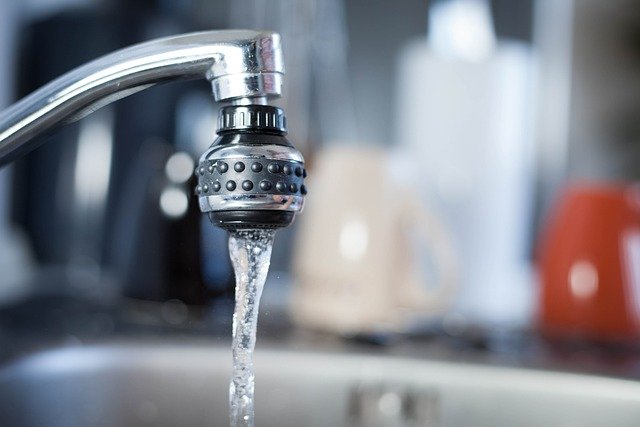Road Salt: Researchers look at vegetables and juices for alternatives to salt

Salt-speckled sidewalks, driveways and highways are synonymous with winter in the Great Lakes region. But while road salt is highly effective at deicing surfaces, the safety that salt provides for humans places a heavy burden on freshwater ecosystems.
“We have an unhealthy addiction to road salt,” said Claire Oswald, a hydrologist and associate professor at Ryerson University in Toronto, Ontario.
Great Lakes Now
https://www.greatlakesnow.org/2021/02/road-salt-reducing-usage-great-lakes-freshwater-ecosystem/









 Director’s Note
Director’s Note









 There are an estimated 6.1 to 9.3 million lead service lines – pipes carrying drinking water – across the country.
There are an estimated 6.1 to 9.3 million lead service lines – pipes carrying drinking water – across the country.  Protecting our children and family from lead based products go back as far as we can remember. In 1978, the use of lead based paint was banned inside buildings. During those times, great harm was discovered when the paint began to crack and chip, due to the bumping and rubbing against walls and window sills. Breaking down into dust and contaminating the air with microscopic particles unseen to the eye and inhaled, thus elevating blood lead levels and risk of lead poisoning. Air quality within the family’s home once compromised has been corrected and readjusted for a safer and healthier home by using water-based paint. Be that as it may, lead continues to persist as an everyday challenge for people within their home, if it is not the air being compromised, it’s their drinking water.
Protecting our children and family from lead based products go back as far as we can remember. In 1978, the use of lead based paint was banned inside buildings. During those times, great harm was discovered when the paint began to crack and chip, due to the bumping and rubbing against walls and window sills. Breaking down into dust and contaminating the air with microscopic particles unseen to the eye and inhaled, thus elevating blood lead levels and risk of lead poisoning. Air quality within the family’s home once compromised has been corrected and readjusted for a safer and healthier home by using water-based paint. Be that as it may, lead continues to persist as an everyday challenge for people within their home, if it is not the air being compromised, it’s their drinking water.













